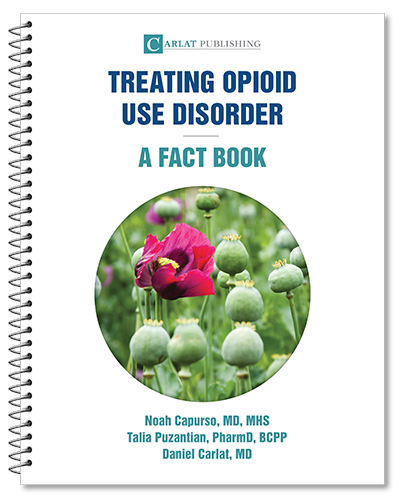General Psychiatry
Inpatient Fact Sheet The Edinburgh Postnatal Depression Scale
December 12, 2023
Inpatient Bulimia Fact Sheet
December 12, 2023
Inpatient Fact Sheet Med Management Insomnia
December 12, 2023
Inpatient Fact Sheet Antipsychotic Induced Metabolic
December 12, 2023
Inpatient Fact Sheet Major Depression Psychosocial Treatment
December 12, 2023
Inpatient Fact Sheet Sleep in the Inpatient Unit
December 12, 2023
Inpatient Fact Sheet Patient Suicide on a Psychiatric Inpatient Unit
December 12, 2023
Inpatient Fact Sheet Pharmacogenetic Testing in Psychiatry
December 12, 2023
Inpatient Fact Sheet Tox Screens
December 12, 2023
Patient Fact Sheet Understanding Metabolic Syndrome
December 12, 2023

_-The-Breakthrough-Antipsychotic-That-Could-Change-Everything.jpg?1729528747)



